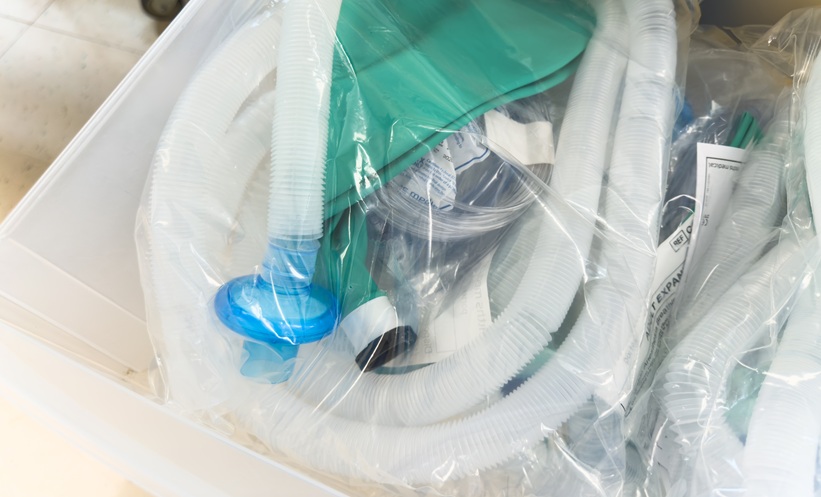NONINVASIVE respiratory supports have become essential in the management of critically ill patients, especially those experiencing acute respiratory failure. These therapies help avoid the complications associated with intubation and invasive mechanical ventilation while improving the safety and efficiency of weaning patients off ventilators. High-flow nasal oxygen (HFNO) and noninvasive ventilation (NIV) are two key methods used to optimize patient outcomes in the intensive care unit (ICU).
HFNO offers several benefits, such as reducing airway dead space and providing a stable concentration of inspired oxygen. This technique also generates low-level, flow-dependent positive airway pressure, enhancing comfort for the patient. It has gained prominence as the first-line treatment for acute hypoxemic respiratory failure due to its ability to improve oxygenation. On the other hand, NIV, including continuous positive airway pressure (CPAP) and bilevel positive airway pressure (BiPAP), delivers higher end-expiratory pressure, which significantly boosts oxygenation and decreases inspiratory effort. While CPAP and NIV both support ventilation, NIV has been shown to reduce inspiratory effort more effectively, leading to increased tidal volume and improved transpulmonary driving pressure.
In addition to improving patient comfort and oxygenation, noninvasive respiratory supports are crucial during high-risk procedures. Noninvasive ventilation, for instance, has proven to be the optimal technique for preoxygenation in patients requiring intubation, reducing the risk of hypoxemia. HFNO, in contrast, is an alternative option for non-hypoxemic patients or those unable to tolerate NIV. After extubation, patients at high risk of reintubation benefit from prophylactic NIV or alternating NIV with HFNO, both of which enhance weaning outcomes. For low-risk patients, HFNO alone has been shown to outperform conventional oxygen therapy.
In conclusion, noninvasive respiratory supports such as HFNO and NIV are critical in improving the care of ICU patients, particularly those with respiratory failure. Their ability to prevent the need for invasive ventilation and facilitate safe, efficient weaning continues to redefine modern ICU management.
Reference:
Frat JP et al. Noninvasive respiratory supports in ICU. Intensive Care Med. 2025. doi: 10.1007/s00134-025-08036-3.








